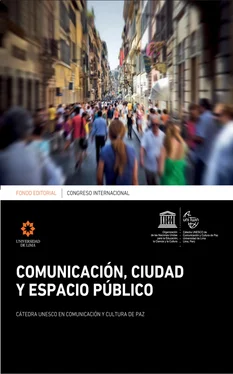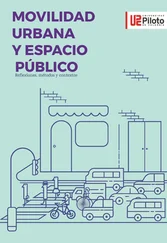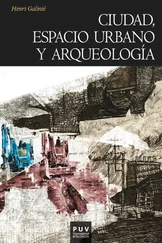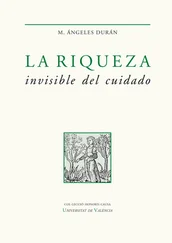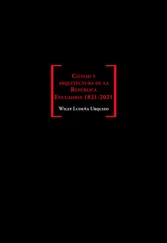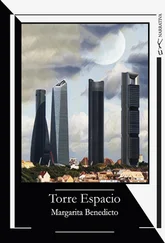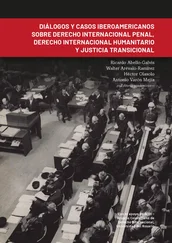“As an interpreter and mediator, the expert spans the otherwise distant worlds of the objective and the subjective. He bridges the gap between guarantees of being in the right (which can only be social) and making the choices that one wants (which can only be personal). In the ambivalence of his skills he is, so to speak, resonant with the ambivalent condition of his client”. (Bauman, 1993, p. 199)
Writing in the early 1990s, Bauman brings about a fundamental reconceptualization of the expert as someone that performs a liberating role. Bauman’s work is, I would contend, essential to create a new intellectual framework for a reassessment of the experiences with citizens’ participation in design processes developed in the 1970s and 1980s.
In the next section of this article, I will discuss further the role of the architect in the design decision-making process. I will examine the plan for the deelgebied 5 and the project of the Punt en Komma housing complex, both part of the urban renewal of the Schilderswijk district in the Dutch city of The Hague, as a case study to explore the extent to which meaningful communication can help the architect to perform as a social mediator.
PART 2 THE URBAN RENEWAL OF THE HAGUE IN THE 1980’s
Housing Beyond Standards
The Schilderwijk district was created in the second half of the nineteenth century as a result of a speculative development to accommodate the flux of rural migration to The Hague, the political capital of The Netherlands. Since then, the area evolved to become a densely populated melting pot of people arriving from different parts of the country, where the street was the only space for social interaction. All these factors, however, fostered a strong social cohesion and an inescapable social control. In the mid-1960s, urban design strategies inspired by the principles of the functional city and by welfare state policies, both by then pervasive in the Western world, were used in the urban renewal plan for the Schilderswijk district. The plan Van Gris naar Groen (From Grey to Green), an epitome of what Tzonis and Lefaivre considered the architecture of the welfare state, was designed to rebuild the area with high-rise slabs and an urban layout inspired in the principles of the Athens Charter. The population, however, opposed the modernist plan, and a period of uncertainty unfolded, with the policy makers avoiding negotiations for an alternative urban renewal strategy. The latent conflict between the dwellers and the politicians triggered a process of dilapidation of the neighbourhood. Consequently, a great deal of the residents ran away, moving to other areas. They were replaced by different streams of foreign migrant influx. In the 1970s, the houses left vacant by the older residents were mainly occupied by migrant workers from southern Europe, Turkey and Morocco, and by Surinamese who fled the former Dutch colony after its independence in 1975. This sudden change in the demographics of the neighbourhood contributed to a noticeable transformation in its social relations, creating a progressive loss of mutual contact and social control. As a social worker engaged with the Schilderswijk’s community put it, “because of the different languages and cultures mutual contacts were limited. Because there was no understanding of each way of life, there was less social control” (Boasson, 1988, p. 19) 7.
While the district kept its pre-World War II character as a melting pot of newly arrived working class residents, a fundamental change happened. Now, emerged a cultural mix, which hindered the blossoming of spontaneous social interaction. From the mid-1970s until the early 1980s, this conjuncture created a process of fragmentation of the district’s social cohesion, and fostered social unrest.
The urban renewal of the district became thus a political priority for the municipality of The Hague. To cope with the growing social unrest created by the urban renewal policies, the Municipality appointed in 1980 Adri Duivesteijn, a young social activist against the urban renewal policies of the 1960s and 1970s, as alderman for spatial planning and urban renewal. After four years of many political successes and some drawbacks in his new capacity, Duivesteijn keenly promoted citizens’ participation in the urban renewal of the Schilderswijk, the most problematic district of The Hague. He invested a great deal of the material and human resources of his department in preparing the bureaucratic apparatus to support the participatory process. He realised, however, that he was still missing an important element in the process: the designer. It was then, when in April 1984 he visited the Portuguese city of Porto, that he met the architect Álvaro Siza. In Porto, Duivesteijn visited Siza’s social housing projects developed in the mid-1970s, which had been developed with citizens’ participation in the design process. His appraisal of Siza’s work, personal and disciplinary approach triggered him to invite the Portuguese architect to develop a plan for the deelgebied 5 , an area included in the urban renewal of the Schilderswijk district. Siza eventually accepted Duivesteijn’s invitation.
When Siza arrived at the Schilderswijk district, in July 1984, the urban renewal of the district was already in motion, with some new housing ensembles already under development. He could still see and experience, however, the district’s distinct nineteenth century urban fabric and how it generated a particular spatial system and atmosphere. When Siza first visited the Schilderswijk, in 1984, the urban morphology of the district was still characterized by a very dense fabric of long streets delimited by continuous façades, chiefly made of the speculative housing type developed in the late nineteenth century. This experience would eventually be influential for the further development of his plan and projects for the area.
Over the next months, Siza revised an existing plan for the area designed by city’s urban design department. His revision of the plan was fundamentally nurtured by his sensibility to the urban morphology of the Schilderswijk neighbourhood, first and foremost in the role played by the street profile to define the area’s character and atmosphere. Siza was critical about some options of the preliminary plan for the deelgebied 5 designed by the municipality’s technicians, especially the widespread demolitions planned and the disregard for the morphological characteristics of the existing urban fabric. In effect, Siza had already criticized this typical token of the architecture of the welfare state in previous urban renewal projects, where he showed his opposition to the tabula rasa approach (Mota, 2014, pp. 779–808) 8. In The Hague, he confirmed this, arguing “I do not believe one should break down everything just because you think that you can create something better”. And he went on arguing that “it is important to have references, the old is also the support for what you create anew. If we want to deliver something with high quality, we cannot start from the zero”. Moreover, he went further contending, “if we tear down everything, we throw away the physical identification of the district’s soul” (Boasson, 1988, p. 25). Following these lines, Siza revised the municipality plan to maintain as many buildings as possible. Siza showed also a keen interest in preserving some of the districts vernacular social and spatial practices, as well as building techniques and materialization 9. Curiously enough, the residents, the developer, and even some technicians involved in the process, disregarded widely the preservation of existing buildings and vernacular references. This was seen as a reactionary attitude, an old-fashioned approach, and a conservative outlook 10.
Читать дальше
